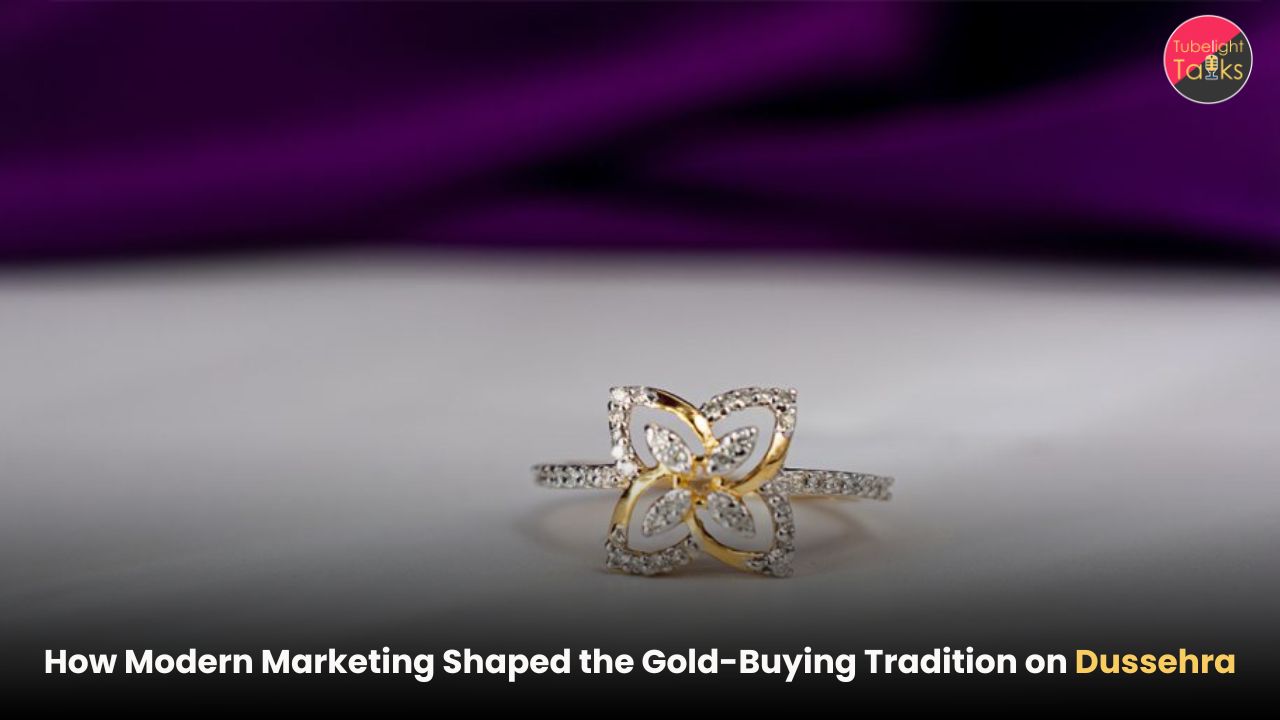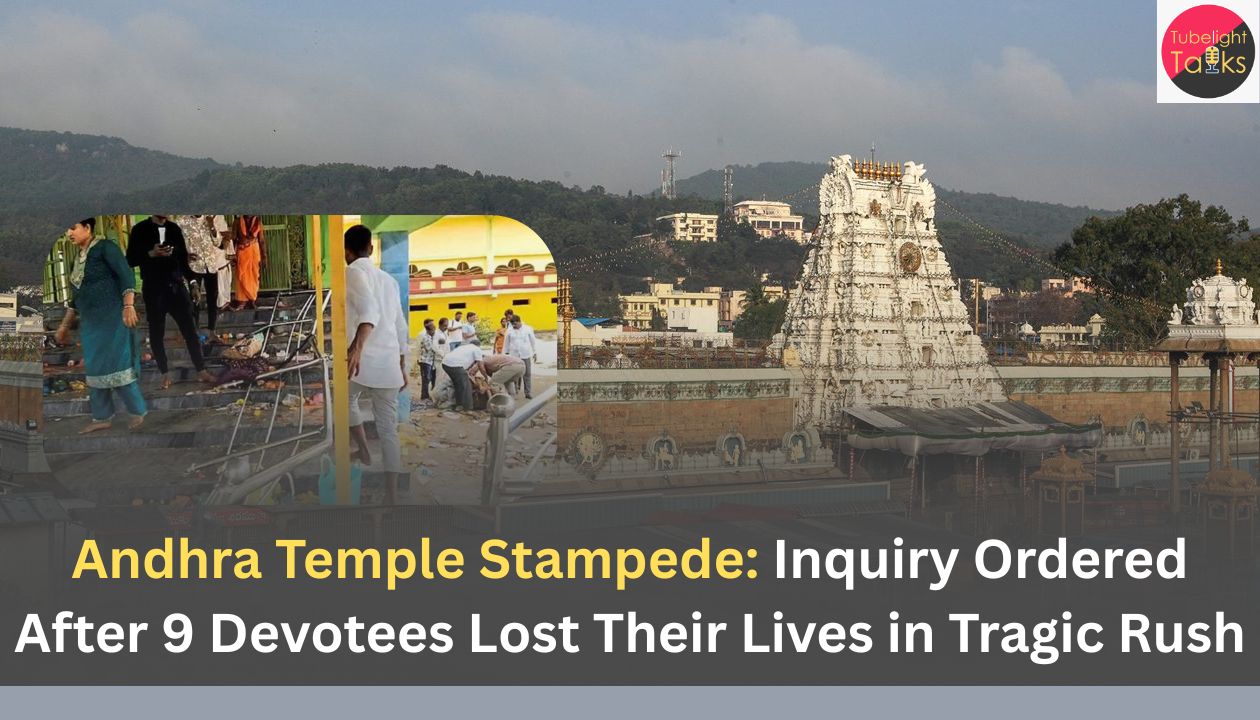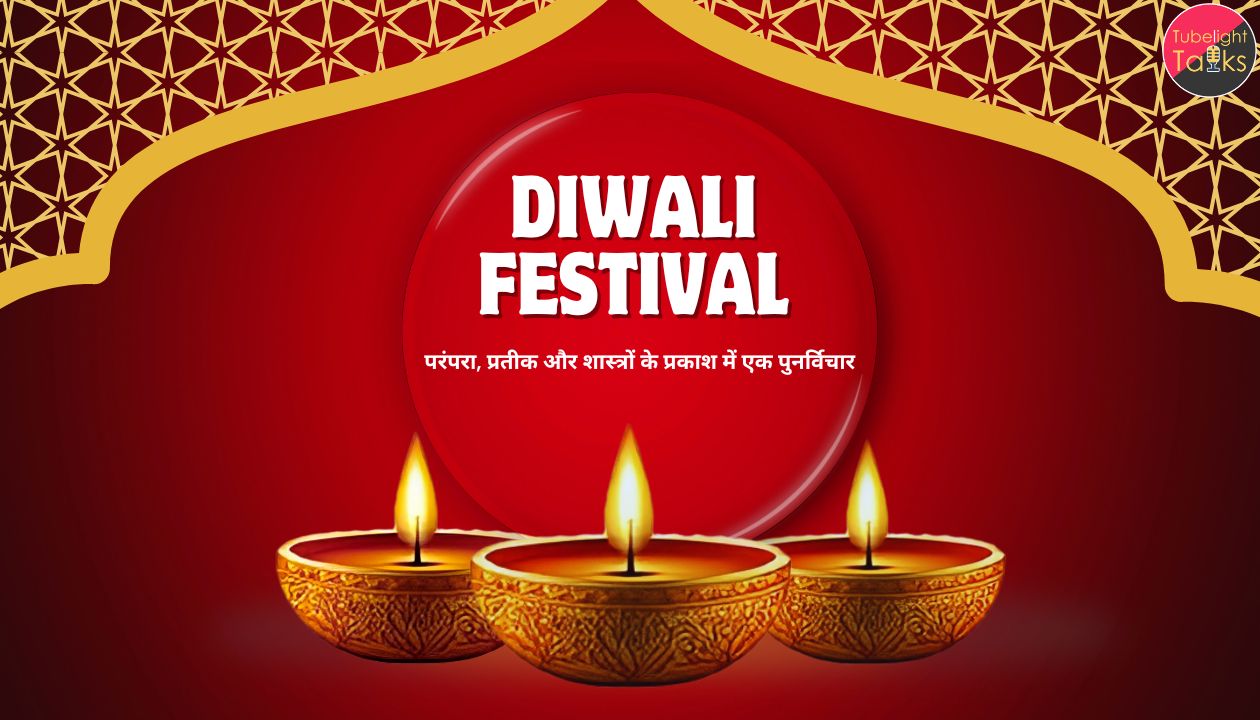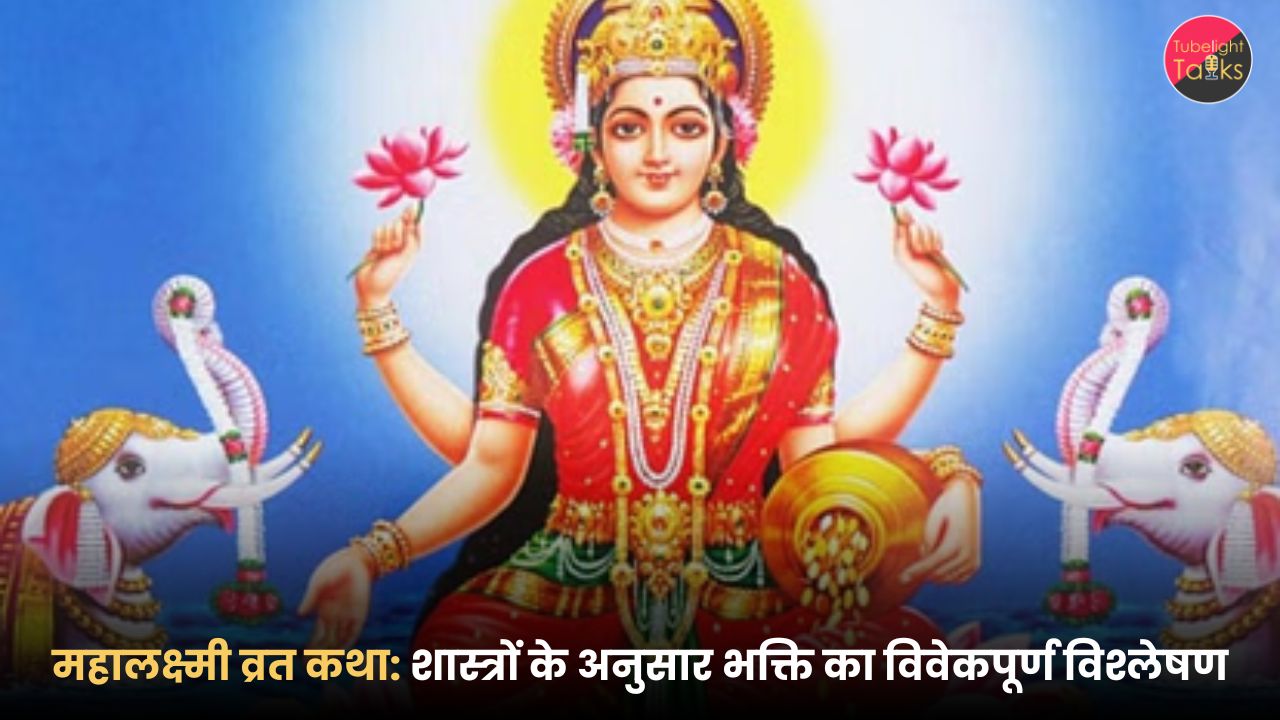Dussehra, or Vijayadashami, is one of the most celebrated festivals in India. It is perceived as a symbol of the triumph of good over evil. Traditionally, the day has been marked by prayers, community gatherings and rituals. However, in the last few decades, a strong association has emerged between Dussehra and the purchase of gold. Today, millions of families will buy gold jewellery, coins or ornaments on Dussehra as essential to the celebration. But is this practice ancient, or is it a modern cultural shift reinforced by marketing? Decode the answer to this tradition through this critical analysis.
Why Is Dussehra Considered Auspicious for Gold?
Across Indian culture, gold has been seen as a symbol of prosperity, stability and divine blessings. Dussehra is celebrated just before Diwali and is viewed as an auspicious time to make new investments or purchases. In regions such as Maharashtra, exchanging ‘Apta’ leaves as ‘gold’ has long been a symbolic gesture of prosperity. In the South, ‘Ayudha Puja’ involves worshipping tools and instruments of work, signifying respect for wealth and livelihood.
Some historians credit the tale of Kautsa and his guru as the beginning of gold purchase on Dussehra. However, nowhere in scriptures narrating this incident does it conclude or direct devotees to purchase gold to become an auspicious symbol. Let us examine the tale of Kautsa briefly.
The Tale of Kautsa and His Guru Varatantu
According to historical records, Kautsa, a devoted student, wished to repay his guru, Sage Varatantu, for the knowledge and guidance he had received. Lacking wealth, Kautsa approached King Raghu of Ayodhya to request financial help. Known for his generosity, King Raghu willingly gifted Kautsa an enormous sum on an auspicious day, enough to repay his guru and fulfil his own needs. Accounts vary in this narrative too. Some say Varatantu deliberately asked for an enormous amount of money to dissuade his pupil from giving Guru Dakshina, while others say King Raghu in turn sought the help of Lord Indra to acquire gold to pass on to Kautsa.
Soon people began relating this story of Kautsa to receiving wealth during festivals like Dussehra. Thus, through folklore and word of mouth, this custom of buying gold spread through generations. When you closely examine, all accounts propelling this story use words like ‘believed to be auspicious’ and the likes, without any concrete evidence. Some go even to the extent of linking gold purchases to Goddess Laxmi to secure her blessings.
But, we forget an extremely important example of Ravana. Jagatguru Tatvdarshi Sant Rampal Ji Maharaj reminds us that despite possessing an unimaginable amount of gold, Ravana met the most dreadful end to his life. Lessons from Ravana’s life will elaborated further in this article towards the end too.
Additionally, none of these customs and folklore specifically mandate the purchase of physical gold. Most importantly, none of our sacred scriptures direct us to buy gold on Dussehra. The belief that one ‘must’ buy gold on Dussehra is far more recent, arising largely from modern retail practices and advertising, heavily influencing gold purchases on Dussehra and Diwali both.
How Marketing Transformed Belief into Consumer Behaviour
Jewellers quickly recognised the potential of aligning their products with cultural beliefs in auspicious timing. By emphasising Dussehra as the ‘perfect day’ for investing in gold, they converted a symbolic idea into a consumer ritual. Here’s how marketing strategies reshaped the tradition:
Festive Campaigns and Emotional Branding
Gold brands now release special ‘Dussehra collections’ blending traditional motifs with modern designs. Advertisements often highlight stories of family, blessings and victory, aligning gold purchases with the festival. Emotional campaigns create the impression that bringing home gold on Dussehra completes the celebration and brings prosperity.
Discounts and Incentives
To boost footfall, jewellers regularly announce festive offers like reduced making charges, free silver coins or assured gifts. These promotions tap into the psychological desire to buy during auspicious times while also offering tangible rewards.
Regional Adaptation
In Maharashtra, campaigns highlight the symbolism of ‘Apta’ leaves. In Karnataka and Tamil Nadu, marketing ties into ‘Ayudha Puja’, whereas in Bengal, promotions align with Durga Puja. By localising their strategies, jewellers make their campaigns resonate with cultural practices.
Media Saturation and Digital Reach
With social media, e-commerce and influencer endorsements, festive marketing is now unavoidable. By the time Dussehra arrives, consumers are already primed to believe that buying gold is both auspicious and financially wise.
Evidence of Marketing’s Impact
Though you may choose to turn away from all evidence, but the staggering sales figures reveal more than what meets the eyes:
- Rising Festive Sales: Reports show that Dussehra and Diwali together account for nearly a third of India’s annual gold jewellery sales. Retailers often see 20–30% spikes during these periods compared to other months. This is indeed their biggest sales season.
- Urban Trends: In cities like Pune and Mumbai, jewellers report younger buyers, especially in the 25-40 age group, purchasing not only traditional ornaments but also lightweight and contemporary designs. This is directly linked to marketing campaigns that position gold as both fashion and investment.
- Price Sensitivity: Even when gold prices are high, festive marketing cushions the impact. For example, in Nagpur during Dussehra 2024, gold was priced around INR 75,600 per 10 grams, yet jewellers recorded sales worth over INR 120 crore in a single day. This demonstrates how effective marketing and cultural association can be in sustaining demand despite soaring costs.
Case Study: Nagpur’s Gold Rush in 2024
Nagpur offers a strong example of how Dussehra gold buying has been shaped by marketing. As discussed above, in 2024, despite record-high gold prices, jewellers in the city achieved a turnover of more than INR 120 crore on Dussehra. This was a sharp increase from the previous year.
What drove this surge?
- Timing of Deliveries: Many buyers had booked jewellery earlier in the year but chose to take delivery on Dussehra, a trend reinforced by retailers.
- Targeted Campaigns: Jewellers launched advertising campaigns emphasising blessings, wealth and family unity. Promotions like gifting silver coins with purchases further boosted interest.
- Youth Engagement: Younger buyers opted for chains, bangles and lightweight jewellery promoted in festive collections. This shows how campaigns are adapting to changing consumer tastes while keeping the Dussehra link intact.
This case demonstrates how a ‘symbolic’ day was successfully transformed into a major gold-shopping occasion through marketing ingenuity. The only people who stand to gain are gold sellers.
The Wealth That Follows You After Death
When people participate in a ritual year after year, it quickly gains legitimacy. Today, buying gold on Dussehra feels as important as all other man-made rituals. In reality, this practice is not validated in any of our sacred scriptures. Instead, it is a result of a more carefully built narrative that fuses faith with commerce.
What does it really mean to be prosperous? Jagatguru Tatvdarshi Sant Rampal Ji Maharaj draws our attention to the story of Ravana. Despite possessing a kingdom overflowing with gold, Ravana’s wealth could not save him. His downfall came not from a lack of resources, but from the absence of true spiritual guidance and worship practices that went against the sacred scriptures.
Sant Rampal Ji Maharaj quotes an important verses from Kabir Vaani:
Sarva sone ki lanka thi, Ravan se randhiram|
Ek palak me rajya gaya, jam ke pade janjiram||
He reminds us that material wealth cannot accompany us after death. Not even a single ounce of gold follows a person beyond this life. This makes it clear: real prosperity is not measured in possessions, but in the quality of our actions.
The treasure that truly matters is our karmas – the good deeds we perform. Sant Rampal Ji Maharaj discloses that only through scripture-backed worship of the Supreme God Kabir can one accumulate positive karmas. This spiritual practice alone ensures both salvation and inner fulfillment, while worldly comforts naturally manifest as a by-product.
In essence, lasting prosperity comes from aligning with divine guidance, not from amassing wealth. True security, happiness and success flow from a life lived in accordance with spiritual truths.
To explore the teachings of Sant Rampal Ji Maharaj and understand how to attain real, enduring prosperity, visit:
Website: www.jagatgururampalji.org
YouTube channel: Sant Rampal Ji Maharaj
Facebook page: Spiritual Leader Saint Rampal Ji
‘X’ handle: @SaintRampalJiM










